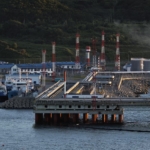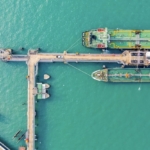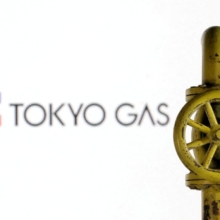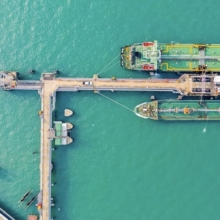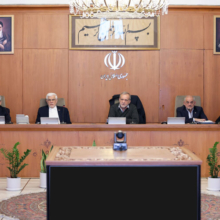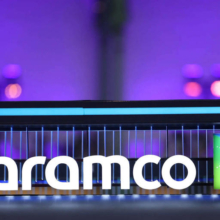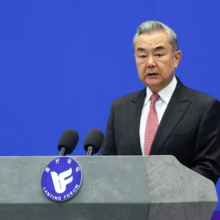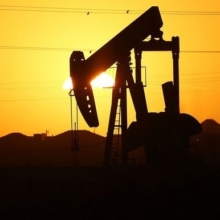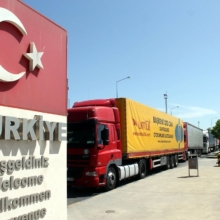Analyzing Iran’s Lag in Green Energy Development Compared to Persian Gulf Nations “written by MohammadSadegh Razmi”

RoydadNaft – Despite its vast potential for solar and wind energy, Iran remains significantly behind its affluent neighbors in the Persian Gulf in the transition to green energy sources. This article delves into the reasons behind this lag, providing an analysis bolstered by relevant statistics.
**Political and Economic Policies:**
– **Subsidies and Incentives:** Countries like the UAE and Saudi Arabia have implemented ambitious plans like the UAE’s Energy Strategy 2050 and Saudi Arabia’s Vision 2030, which include significant subsidies and incentives for renewable energy development. Iran, however, has been slower in creating a conducive policy environment for renewable energy. The heavy subsidization of fossil fuels in Iran reduces the economic attractiveness of renewable alternatives.
**Investment and Financial Constraints:**
– **Sanctions Impact:** International sanctions have severely limited Iran’s ability to attract foreign investment essential for the development of green energy infrastructure. While Gulf countries utilize their oil wealth to diversify into renewables, Iran faces challenges in securing the necessary capital for similar projects.
**Statistics:**
– **Iran:** The country produces less than 1% of its electricity from renewable sources, with around 260 MW of solar capacity connected to the grid as of 2021.
– **UAE:** Aiming for 50% of its energy capacity from clean sources by 2050, it already boasts over 1,000 MW of solar power capacity.
– **Saudi Arabia:** Targeting 30% renewable energy by 2030, it has been actively investing in both solar and wind projects.
**Technological and Infrastructure Development:**
– **Access to Technology:** Countries in the Gulf have leveraged their financial resources to partner with global tech leaders, gaining access to cutting-edge renewable energy technologies. Iran, due to sanctions, struggles with both acquiring new technology and collaborating with international firms.
**Public Awareness and Education:**
– **Cultural Shift:** There’s a marked difference in public education and awareness campaigns about renewable energy between Iran and its neighbors. Gulf states have aggressively promoted green initiatives, which has facilitated a cultural shift towards accepting and investing in renewable energy.
**Comparison with Other Regional Players:**
– **Turkey:** With a similar population and electricity demand to Iran, Turkey generates approximately 20% of its electricity from renewable sources, showcasing a more integrated approach to green energy compared to Iran.
**Key Issues Highlighted:**
– **Policy Inertia:** The slow pace of policy reform in Iran towards incentivizing renewable energy investments.
– **Economic Dependency on Fossil Fuels:** A deep-seated economic reliance on oil and gas revenues that disincentivizes diversification into renewable energy.
– **Technological Isolation:** Lack of access to global advancements in renewable technologies due to geopolitical tensions.
– **Cultural and Awareness Gap:** Less public engagement and awareness about the benefits and potential of green energy.
**Conclusion:**
Iran’s lag in green energy development is multifaceted, rooted in a combination of policy shortcomings, economic constraints due to sanctions, technology access issues, and educational gaps. For Iran to catch up, a strategic overhaul is necessary:
– **Policy Overhaul:** Introducing incentives similar to those enacted by Gulf countries.
– **Attracting Investment:** Finding ways to work around the sanctions to attract foreign investment or utilizing domestic resources more effectively.
– **Technological Advancement:** Developing indigenous technologies or seeking partnerships with countries not affected by sanctions.
– **Educational Campaigns:** Increasing public awareness and education about renewable energy to foster demand and acceptance.
As the global community moves towards cleaner energy solutions, Iran’s ability to adapt and invest in green technologies will not only impact its environmental footprint but also its economic resilience and geopolitical standing in the energy sector.

